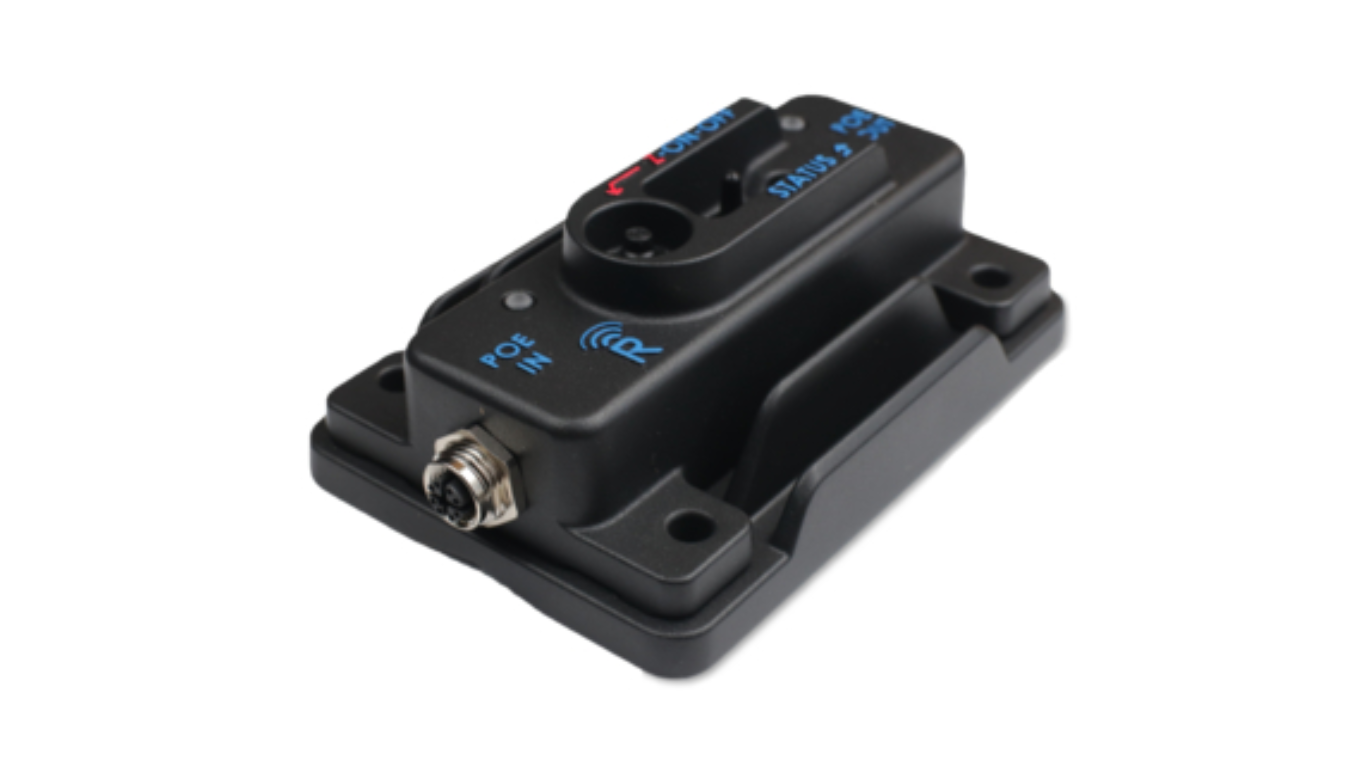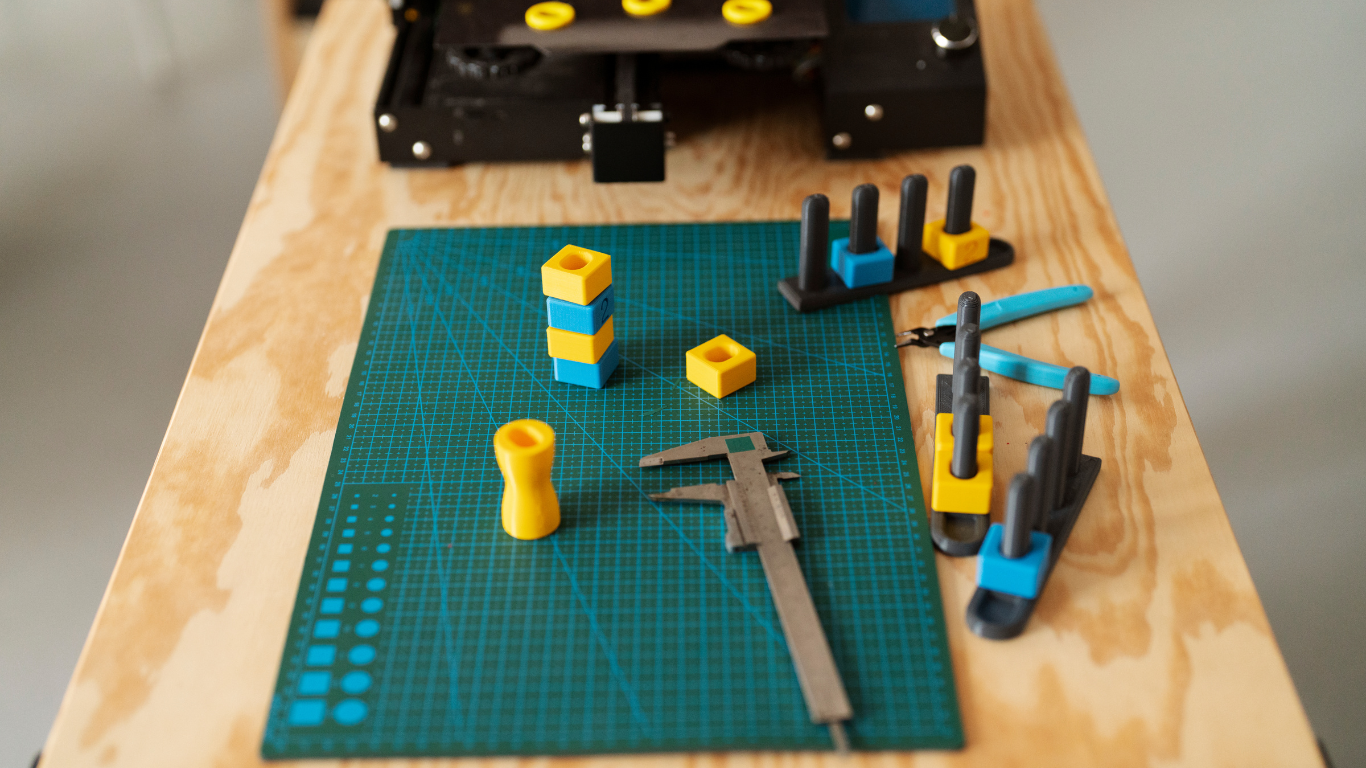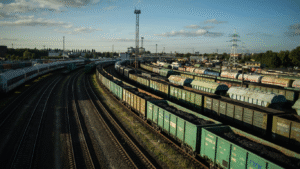Inception
Even after spending a significant amount, some workplaces suffer from poor Wi-Fi connections in the office. It can create difficulty during working hours and also cost both employers and employees valuable time.
As a result, many companies rely on tethered desktops and get the internet connection moving using ethernet cables. However, with workplaces embracing more playful and flexible culture, this scenario doesn’t go with the aspirations. Employees should work from where they feel most productive, right?
So, how do you make it right? That’s what this blog post is for. Through this blog post, we have identified the main reasons why your workplace keeps having Wi-Fi issues and ways to solve them. The solutions provided here should help facilitate a more thriving, mobile, and flexible workplace. So, without any delay, let’s start.
1. Lack of Network Management
Our understanding of networks is often based on how we use networks at home. At home, the network is necessarily a plug-and-play thing. You just have to connect to your Wi-Fi, and you’re good to go. It’ll keep giving you a strong signal throughout the day.
The Challenge
However, it’s different in the business landscape. The entire network is quite dynamic, and the performance of the Wi-Fi depends on the various devices that are constantly added or removed from the network.
In addition, different technology stacks, compliances requirements, regulations, and threat protections play significant role in how the entire network is configured.
On the other hand, the technology landscape is constantly changing and growing. Work processes are getting more dynamic with the threat landscape, and customer and employee expectations are making the optimal performance of networks a big challenge.
The Solution
There has to be a good monitoring system to keep surveillance on the network to keep the network connection steady and up to the employee expectations,
Organizations can start with a good network management system which is straightforward to implement. Both commercial and open source solutions to help organizations based on their business requirements. Employers must communicate with their in-house network experts first before going with any solution.
Also, before any solution is implemented, it’s important to understand the network performance and what an organization is going to gain from such solutions. Analyze network performance metrics such as bandwidth, latency, and throughpoint before going for an all-out solution.
For example, if you’re from Singapore, you can take help from reliable network providers like those who provide Wi-Fi 7 in Singapore. They can analyse the issues with your network management and provide solutions accordingly.
2. Poor Network Design
Poor design of the network layout can also cause the Wi-Fi speed to go down in the office. Workplaces nowadays have a very different and dynamic build.
The Challenge
Accommodating a complete network depends on understanding the floor plan, its layouts, closed spaces, large windows, and so on.
The performance of a network here depends on different factors. It must have a strong network design, components, security settings, and configurations ready for the network to operate seamlessly at different locations.
The Solution
That’s why the organization must focus on the design process, proper sizing and consideration of the flooring plan. A focus on the network infrastructure such as cabling, faceplates, patch panels are also important where offices have a complex layout along with a large window.
Even when there are different access points, Wi-Fi dead spots occur because there are different obstructions like cupboards, beams, partitions, etc. that can get in the way of signals. It can hamper the Wi-Fi network from functioning properly.
That’s why it’s critical to have different access points placed at different locations of the office. This should reduce Wi-Fi dead spots. Organizations also struggle to utilize both 2.4 GHz and 5GHz dual-bands properly.
So, how to effectively deal with this? When the internet is needed for high bandwidth (such as video conferencing or using VR), organizations can use 5GHz bands. They can keep 2.4 GHz for mobile devices.
3. Installation Issues
Another reason why Wi-Fi faces difficulty is that it is a common cause of slow Wi-Fi and poor connectivity. Installation defects can cause issues with Wi-Fi even after the right design and configuration of the issues.
The Challenge
Hanging a Wi-Fi access point on a wall or placing it inside an equipment rack isn’t often enough. The installation process depends on a specific type of AP which also has a strong AP – with additional directional antennas or has an internal omni-directional antenna.
The Solution
The height of the APs and the direction they are facing have a significant impact on the coverage area and the overall experience of connectivity.
The best practice for installation still is attaching the APs on the ceiling. However, it shouldn’t be more than 10 feet above the ground. Also, it may seem easy to mount the APs on the wall, it’s best to get it done with the help of the professionals.
4. Lack of Using Wires
Wireless networks are supposed to give you a wireless experience. In fact, lacking enough cabling and wire can also impact the Wi-Fi performance by a significant margin. These Wi-Fis will not be able to gain strong and optimal performances.
Connecting fixed network devices like printers, and network service storages that require using ethernet can help free up bandwidth for the wireless users. For example, the mobile phones and laptops will have lesser competition.
Sometimes the wired network connecting the APs can also be unable to handle the capacity. That’s why robust cabling is important and healthy for a high-performance Wi-Fi network.
5. Malware Infection
It’s not difficult for malware to infiltrate the network you are in. However, not every malware can hold you ransom or damage your network.
The Challenge
In many cases, the malware hides itself in some place of the network and avoids getting detected. These malware often utilizes network resources for things like crypto mining and or exfiltrating data. Under such conditions, it’ll hog the network resources and can cause slowdowns.
The Solution
The best way to prevent malware infection and possible network shutdown, you can implement network security best practices or network defense measures. It’s also important to use effective network security protocols such as firewalls, intrusion systems, web spam filters, etc. These are the best means to also prevent cyber attacks from compromising your network.
Blog received on email






























